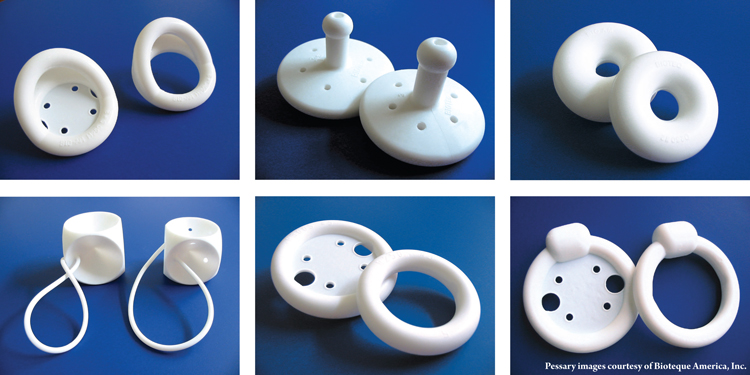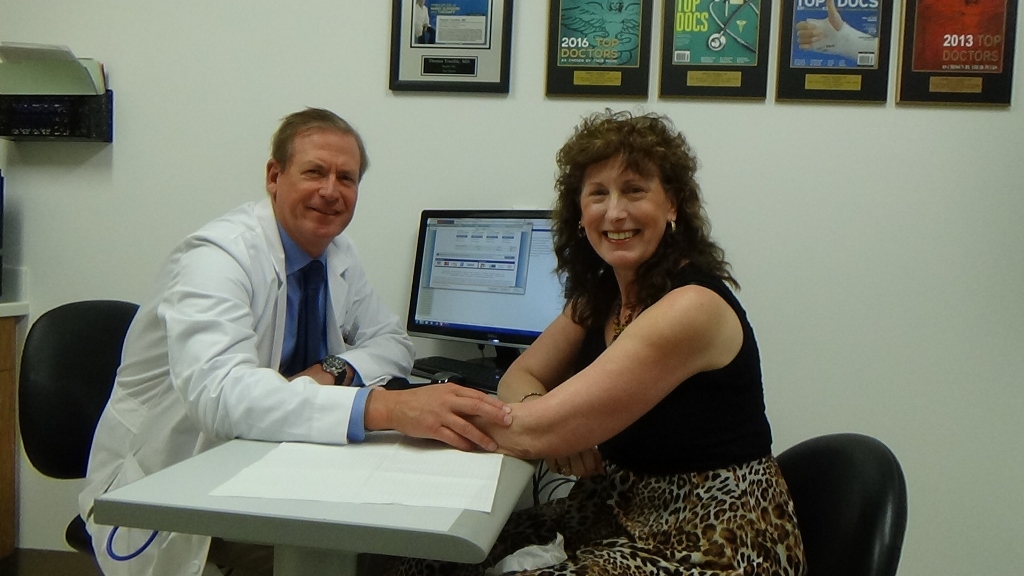This blog is written for my female audience only. I am writing about my prior female surgery and posting this blog in my Sacroiliac Joint Surgery Category because our female inward parts and pelvic floor go hand-in-hand with Sacroiliac Joint Dysfunction. Little did I know when I had my successful SI Joint Surgery in January 2013 that I also was in the process of having weakness of the supporting structures/ligaments that support my female organs. The profound awareness that my cervix was at the opening of my vagina starting in the year 2016 came as a shock to say the least. I’ve never had any gynecological problems my entire life. I had a healthy natural home birth of my one and only daughter in 1995. So 20 years later, the manifestation of what can happen to a women’s body inside after having a birth of a baby becomes a reality. In looking back over the past 20 years, I feel like the internal stretched out supporting structures along with the external ligament complex stains about the sacrum/si joints led to the “Extra-articular sacroiliac joint dysfunction”. I was fine all my life till 7 years after my daughter was born.
So in 2016 I had a gynecological exam by my primary doctor and immediately was told to see a Urogynecologist. I went to Dr. Julie LaCombe in Bellevue, WA and here is link to her office. She is the kindest and most compassionate female doctor I have ever met. She proceeded to do all the workups necessary before considering surgery. These workups included complete internal ultrasounds of the uterus and ovaries. Blood test to rule out Ovarian cancer markers. She did a Urodynamic Test to see if I would have any complications from the surgery and to rule in or out bladder issues separate from the prolapse issues. Once these were done, we discussed surgery options. But to help me have a better quality of life to support the uterine prolapse, I was fitted for a pessary. Here is a photo of the various types of pessaries.

I had great success with the bottom middle photo. So in planning surgery, my doctor was trained but did not have recent experience with the type of surgery I wanted. Since all my parts were healthy, there was no need to take any parts out. Just simply pulling them up and anchoring them where they should be inside the lower abdominal space. Since I was originally from NE Ohio, I inquired about a surgeon at the Cleveland Clinic that specializes in the surgery I wanted. The surgery is called: Laparoscopic Sacrohysterocolpopexy Because my doctor is in the same society of doctors for their speciality, she knew the doctor at the Cleveland Clinic that I wanted to see. Dr. Marie Fidela Paraiso, MD In my layman’s language, I had 3-4 tiny incisions into my abdominal wall and the surgeon was able to anchor the best mesh on the market at that time around the neck of my cervix to pull it up and attach it to my sacral promontory ( the most prominent anterior projection of the base of the sacrum). To my understanding, the mesh is buried under the periostium to protect any other internal organs from exposure to the mess. In my case I didn’t need to incur any additional cost for robotic surgery as my surgeon was able to do the surgery without robotic assistance. Here is my surgical report that spells the details out.
I had an overnight post surgery observation and released the next day. I left the hospital on a Thursday and stayed at hotel next door, then on the Friday I went to have post op acupuncture for a my meridian tune up. By Saturday, I was walking most the day. Just general tiredness from surgery. I was told I could walk but no lifting or exercise for a few weeks till I saw the doctor again for my 2 week followup. There was no bleeding, no complications and just the normal 1-2 day post op blahs. Before leaving the hospital, I was checked to make sure I could fully void urine after the catheter was removed. I had a lot of anxiety about having the surgery, but looking back it really was a piece of cake(especially in the hands of a fine surgeon). I never took any pain medication, only some anti-anxiety medication for first day after the surgery. Was able to use a heating pad for my abdominal muscles. I immediately could tell there was a profound positive difference in the tighter position of my pelvic floor. Not too tight but just no more prolapsing uterus into my vaginal area.
I was able to go to physical therapy after 2 weeks to slowing work on my core and also got massage therapy too. This surgery took place just 2 months after my right knee meniscus surgery on 3/7/17 which was the last medical blog that I wrote at this link. So I resumed the rehab for my knee while taking it easy for my core and it all worked out just wonderfully. I stayed in Ohio with my sister for a month after my surgery before traveling back to Idaho.
Now looking back almost 3 full years since the surgery, I can still stay it was the most profound surgery to help my pelvic floor/center of my core to connect and draw up with all the breathing training that I’ve had through Postural Restoration Institute Type Physical Therapy for the past 9 years. My bi-lateral SI joint screw fixation surgery gave me the boney stability to the base of my spine, and this surgery gave my inner core the icing on the cake. I was told by my Dr. LaCombe, that 1 in 4 women will have some kind of female organ prolapse 20 years after even one natural/vaginal child birth. Well I was the 1 in 4. For those women that don’t have any issues, I say “Hallelujah”; however, I know from all the Facebook groups that I participate in that many women suffer from pelvic floor issues and/or sacroiliac joint issues. It is the price we pay to bring the next generation of children into this world. I will also say I have a strong conviction to leave all female parts in the human body unless absolutely necessary to remove due to unwanted pathology. The parts were meant to take up their space and having my uterus pulled up and anchored where it needed to be, improved the vaginal walls that further helped my mild bladder bulge on the anterior vaginal wall and my rectum bulge on the posterior wall. It also helped me improve my bladder function too. An overall sense of youth was restored to my female parts. For over a year and a half now, I’ve also been working out with a personal trainer at Snap Fitness. I’m running on eliptical and lifting weights. These are things I would never consider doing in my prior years of SI dysfunction and pelvic floor weakness. The whole package has come together and this is still with a known left hip labrum issue and hip capsule laxity from the prior years of walking so bad after the onset of SI Joint Dysfunction back in 2002. I’m better now physically in life at 60 than I was at age 42 when my physical world had begun to fall apart. I ride my horse with no pain or dysfunction whatsoever to my pelvic floor, my sacroiliac joints or to my entire spine for that matter.
I share this blog to pay it forward to hurting women in hopes that they too can find the medical answers that they need to achieve a better quality of life for their si joints, pelvic floor and over all core and spine.
Please see and like my Facebook Page. Also see my YouTube Channel “AHEHealth”
To your health,
Sincerely,
Kim-Author of Si-Instability.com
